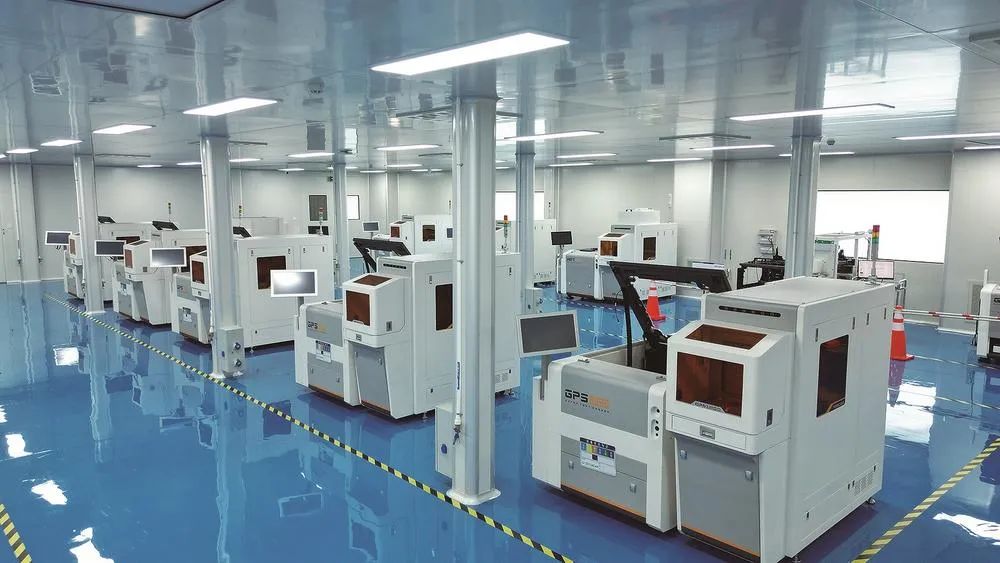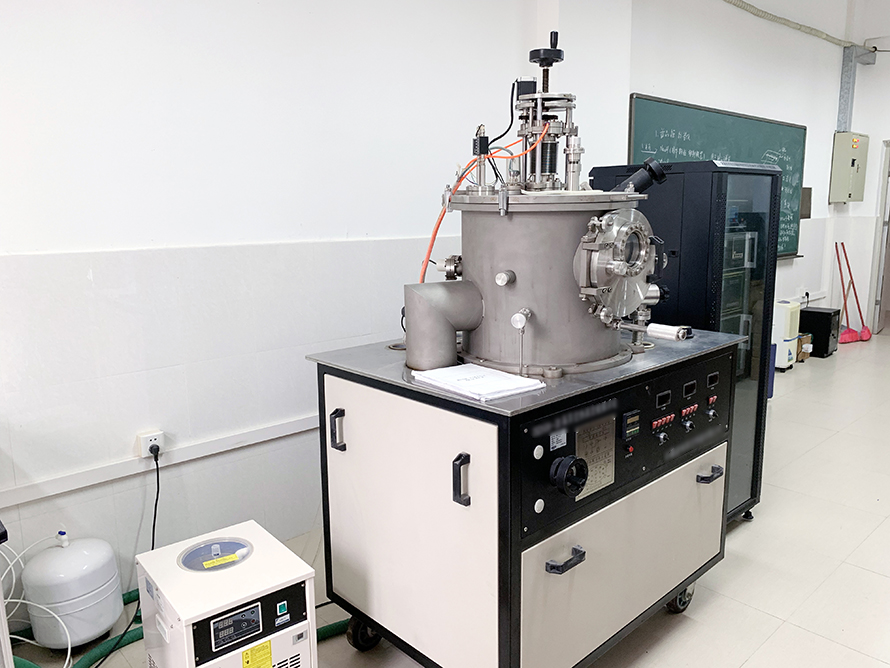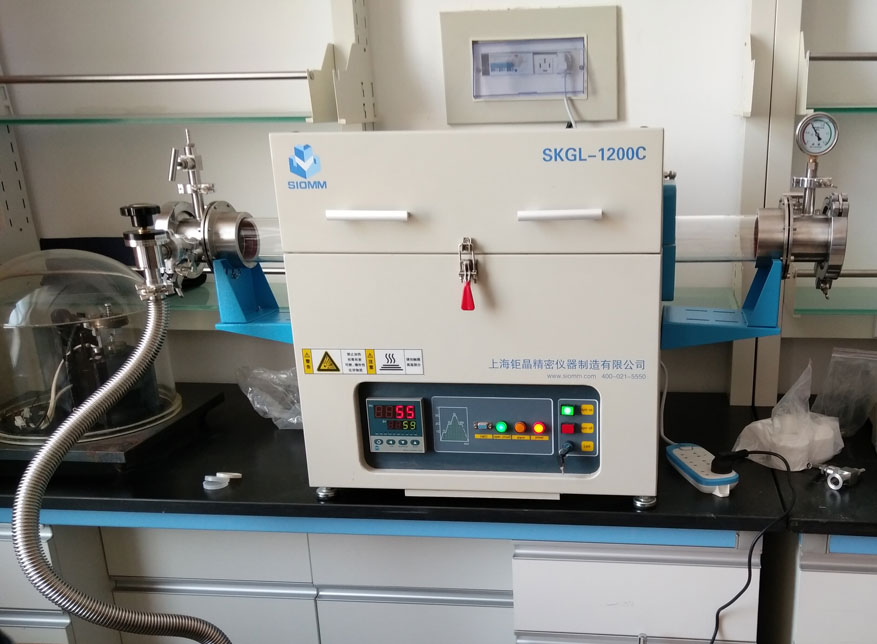Service Hotline
Environmental testing is a key link to ensure environmental quality, protect human health, and maintain ecological balance. In environmental testing, the selection of appropriate instruments is crucial, as it directly affects the accuracy and reliability of the detection results. When selecting environmental testing instruments, it is necessary to consider factors such as detection range and sensitivity to ensure that detection tasks can be completed efficiently and accurately. The following are the key points to consider regarding detection range and sensitivity when selecting instruments for environmental testing.
1. Detection Range
The detection range refers to the types and concentration range of substances that the instrument can detect. In environmental testing, the detection range not only determines the types of pollutants that the instrument can cover, but also affects the comprehensiveness and accuracy of the detection. For example, if a wide range of pollutants need to be detected, the instrument must have a wide detection range, including volatile organic compounds, heavy metals, microorganisms, radioactive substances, and various other pollutants. In addition, the detection range should also take into account the concentration levels of different pollutants to ensure accurate results at low concentrations.
2. Sensitivity
Sensitivity refers to the minimum concentration or minimum change amount that the instrument can detect. In environmental testing, sensitivity determines the concentration level of pollutants that the instrument can detect, directly affecting the accuracy of the detection results. For environmental monitoring, even trace amounts of pollutants can have an impact on the environment and human health. Therefore, when selecting instruments, it is necessary to consider whether their sensitivity can meet the detection requirements, especially in cases where it is necessary to monitor very low concentrations of pollutants.
3. Precision and Accuracy
Accuracy
In addition to the detection range and sensitivity, the precision and accuracy of the instrument also need to be considered. Precision refers to the consistency of the results when measuring the same sample multiple times, while accuracy refers to the degree of closeness of the measurement results to the true value. Precision and accuracy directly affect the reliability of the detection results. Therefore, when selecting instruments, it is not only necessary to consider their detection range and sensitivity, but also to pay attention to their precision and accuracy to ensure that the detection results are both accurate and reliable.
4. Regulatory Requirements and Standards
Environmental testing usually requires adherence to specific regulations and standards. When selecting instruments, it is necessary to consider whether they meet the requirements of relevant regulations and standards. This not only includes the performance indicators of the instruments themselves, but also whether their usage methods, calibration, and maintenance meet the relevant standards. Only instruments that comply with regulations and standards can ensure the legality and effectiveness of the detection results.
5. Maintenance and Calibration
The maintenance and calibration of environmental testing instruments are also important factors to consider when making a selection. Regular maintenance and calibration can ensure that the instruments are always in the best working condition, thereby improving the accuracy of the detection results. Therefore, when selecting instruments, it is necessary to consider the convenience and cost-effectiveness of their maintenance and calibration.
In summary, when selecting instruments for environmental testing, it is necessary to consider a comprehensive range of factors, including the detection range, sensitivity, precision and accuracy, regulatory requirements and standards, as well as maintenance and calibration. Through scientific and reasonable selection, it can ensure the efficiency and accuracy of environmental testing work, providing strong support for the protection of the environment and human health.
Copyright © 2019-2025 Instrumentation Manufacturer
Addresses: Phone number: E-Mail:

Our Businesses
